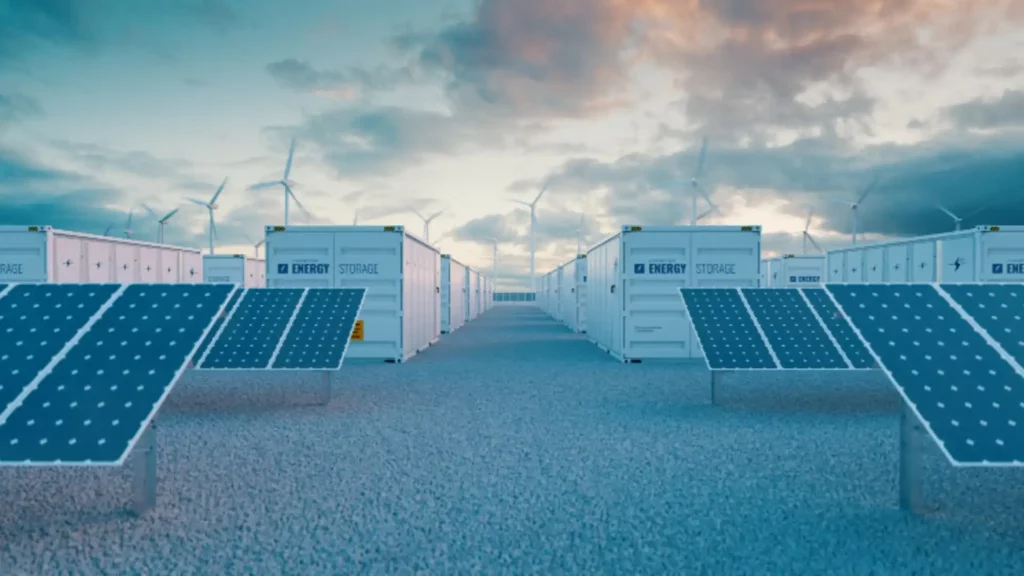Advanced Energy Storage Technologies
In the contemporary energy landscape, advanced energy storage technologies are increasingly recognized as a cornerstone for achieving sustainable and resilient energy ecosystems. These technologies are pivotal in managing the complexities of modern energy demands, offering solutions that are both efficient and environmentally sound. Advanced energy storage technologies are integral to the transition towards more renewable sources, as they provide essential support in stabilizing energy grids, managing peak load demands, and reducing the carbon footprint associated with energy use.
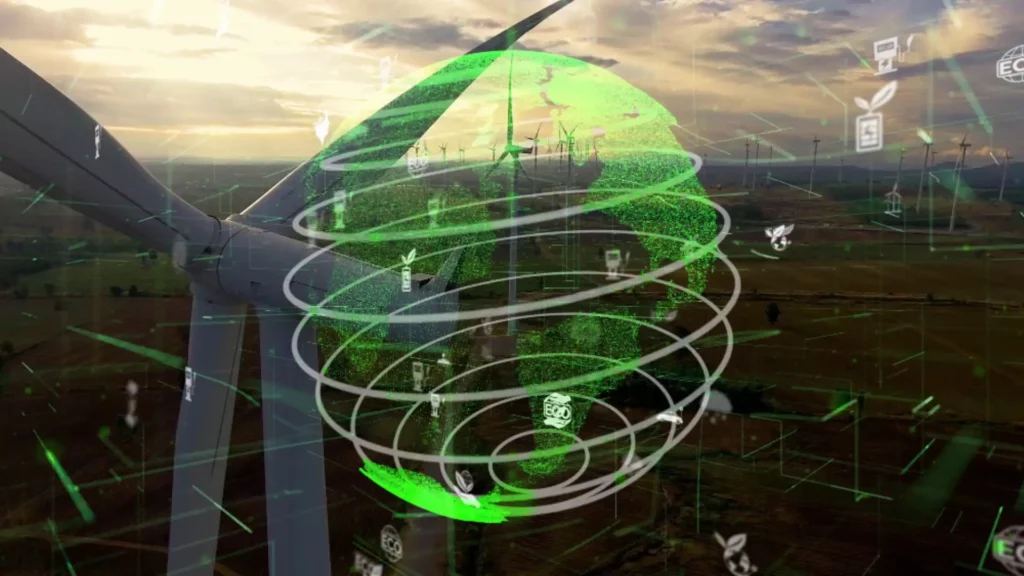
Understanding the Fundamentals of Advanced Energy Storage Technologies
At its core, advanced energy storage technologies refer to a wide array of techniques and systems designed to store energy in various forms. These include but are not limited to, electrical, chemical, mechanical, and thermal storage solutions. The primary function of these technologies is to capture energy when it's plentiful—often during periods of low demand—and then release it when it's needed most, typically during peak demand times. This capability is crucial for balancing the inherent variability and intermittency of renewable energy sources like solar and wind power.
Key Characteristics
- Versatility: These technologies are incredibly versatile, catering to a range of applications from small-scale residential use to large-scale industrial and grid storage.
- Efficiency: They are designed for high efficiency, minimizing energy losses during storage and retrieval processes.
- Scalability: Advanced energy storage systems can be scaled to meet different needs, from small batteries in electronic devices to massive installations for grid management.
Detailed Overview of Types of Advanced Energy Storage Technologies
- Lithium-Ion Batteries: Perhaps the most ubiquitous form of advanced energy storage technology, lithium-ion batteries are renowned for their high energy density and efficiency. Their applications span from powering small electronic devices to serving as the backbone for electric vehicle power systems and large-scale grid storage solutions. These batteries are continuously evolving, with research focusing on enhancing their capacity, lifespan, and safety.
- Flow Batteries: Distinguished by their unique mechanism of storing energy in liquid electrolyte solutions, flow batteries are an emerging form of advanced energy storage technology. They are particularly advantageous for their scalability and long-duration storage capability, making them an ideal candidate for balancing intermittent renewable energy sources on the electrical grid.
- Compressed Air Energy Storage (CAES): This technology utilizes excess energy to compress air, which is then stored in underground caverns. When energy is needed, the compressed air is released to drive turbines and generate electricity. CAES systems are noteworthy for their potential in large-scale energy storage, providing a solution for managing energy supply over extended periods.
- Thermal Energy Storage: This form of energy storage involves capturing heat or cold for later use. It's commonly employed in conjunction with renewable energy sources like solar power to provide heating, cooling, or to generate electricity. Innovations in materials and systems are expanding the efficiency and applicability of thermal energy storage.
- Flywheel Energy Storage: Flywheels store energy in the form of rotational kinetic energy. They are characterized by their rapid response times and durability, making them particularly useful for applications that require quick energy discharge, such as stabilizing power grids during transient fluctuations.
- Hydrogen Storage: This technology involves using excess electricity to produce hydrogen through electrolysis. The hydrogen can be stored and later reconverted into electricity as needed. It's a promising area for long-term and large-scale energy storage, especially as advancements in electrolysis and fuel cell technologies continue.
See Also Our Post On Virtual Power Plants: What You Need to Know Before Investing in VPPs
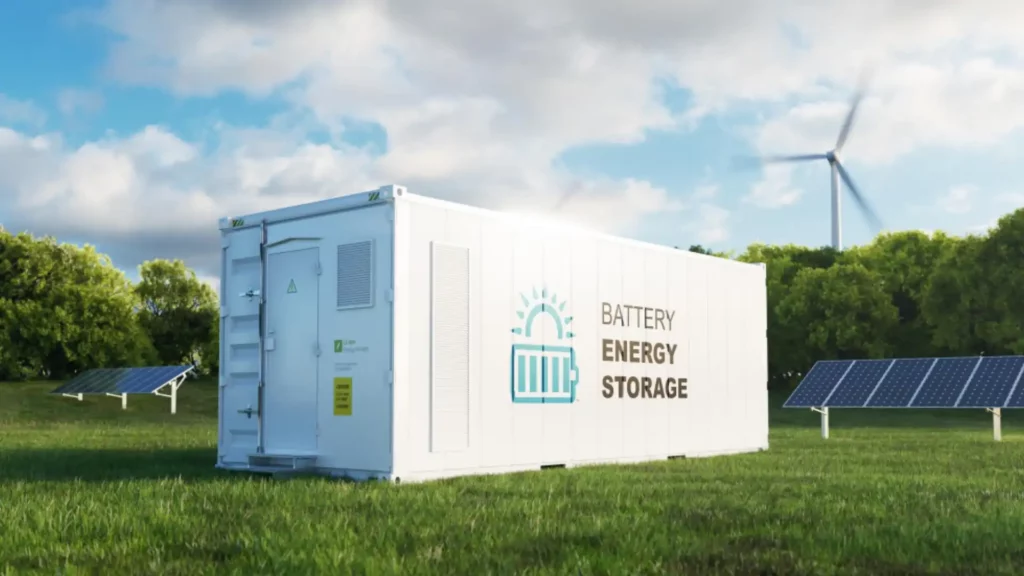
Advantages and Challenges of Advanced Energy Storage Technologies
Benefits
- Enhancing Grid Stability: These technologies are crucial for maintaining a stable and reliable energy grid, especially with the growing reliance on renewable energy sources.
- Facilitating Effective Energy Management: They provide an efficient way to store excess energy, which can be used during peak demand periods or when renewable energy sources are less available.
- Environmental Sustainability: Advanced energy storage technologies are instrumental in reducing the carbon footprint of energy systems by enabling more effective use of renewable sources.
Challenges
- High Initial Costs: Some advanced energy storage technologies require significant upfront investment, although there has been a trend toward decreasing costs.
- Technical Limitations: Each technology comes with its own set of limitations, including energy capacity, discharge rates, and operational lifespan.
- Environmental and Safety Issues: The production, usage, and disposal of some storage technologies may pose environmental and safety risks, necessitating ongoing research and development to mitigate these concerns.
The Future Landscape of Advanced Energy Storage Technologies
The future trajectory of advanced energy storage technologies is marked by promising innovations and continuous improvement. Research is driving advancements in efficiency, capacity, and environmental sustainability. Additionally, the integration of cutting-edge technologies like artificial intelligence and machine learning is set to revolutionize the management and operation of energy storage systems. These developments suggest a future where advanced energy storage technologies are more accessible, cost-effective, and integral to global energy strategies.
Read Also Our Post On The Future of Renewable Energy: How Hydro Energy and Energy Storage Consulting are Changing the Game of Energy Storage Technologies
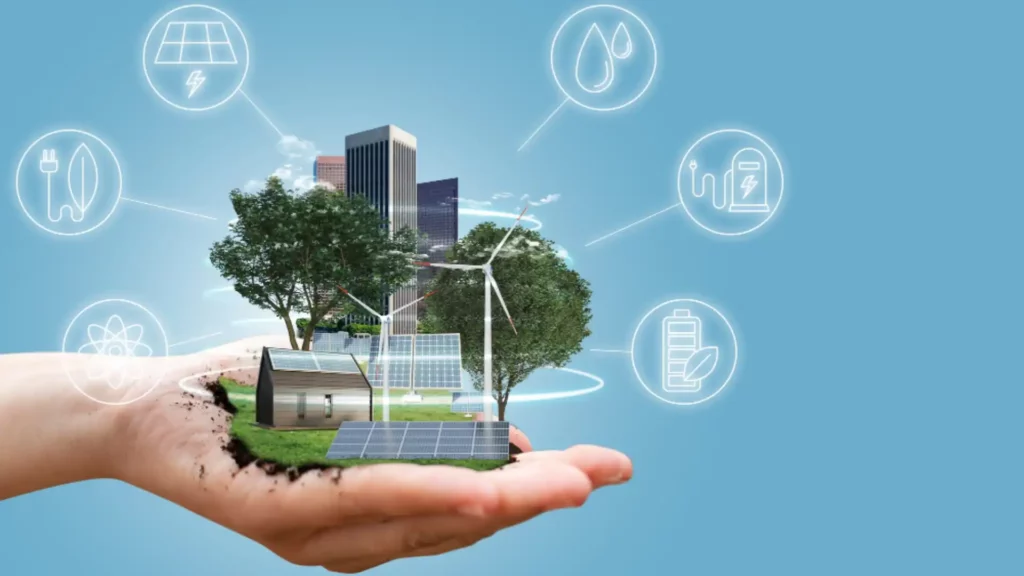
Regulatory and Policy Framework for Advanced Energy Storage Technologies
As advanced energy storage technologies become more integral to energy systems worldwide, the regulatory and policy landscape surrounding them is evolving. Governments and regulatory bodies are increasingly recognizing the need for frameworks that support the development and integration of these technologies. Policies that incentivize the adoption of advanced energy storage can significantly impact market growth and technology development. Subsidies, tax credits, and grants are common tools used to encourage investment in energy storage solutions.
Additionally, regulations that mandate storage capacity for renewable energy installations can accelerate the adoption of these technologies. There's a growing emphasis on creating standards and guidelines to ensure safety, reliability, and efficiency in the deployment of storage systems. The harmonization of international standards is also crucial for facilitating global trade in energy storage technologies. This regulatory environment is a key driver in shaping the future landscape of advanced energy storage technologies, influencing everything from innovation to market dynamics.
Integration of Advanced Energy Storage Technologies with Renewable Energy
The synergy between advanced energy storage technologies and renewable energy sources is pivotal for a sustainable energy future. Energy storage plays a critical role in mitigating the variability and intermittency of renewable energy sources like solar and wind. By storing excess energy generated during peak production times, these storage systems ensure a steady and reliable supply of energy, even when the sun isn't shining or the wind isn't blowing.
The integration of storage technologies also allows for a more flexible and resilient energy grid, capable of handling fluctuations in energy supply and demand. This integration is key to maximizing the efficiency and effectiveness of renewable energy projects, thereby enhancing their economic viability and environmental benefits. Future advancements in energy storage technologies are expected to further improve the efficiency and reduce the cost of renewable energy systems, fostering a more seamless integration of these two critical components of the modern energy landscape.
Check Also Our Post On Containerized Energy Storage System: The Ultimate Solution to Energy Independence
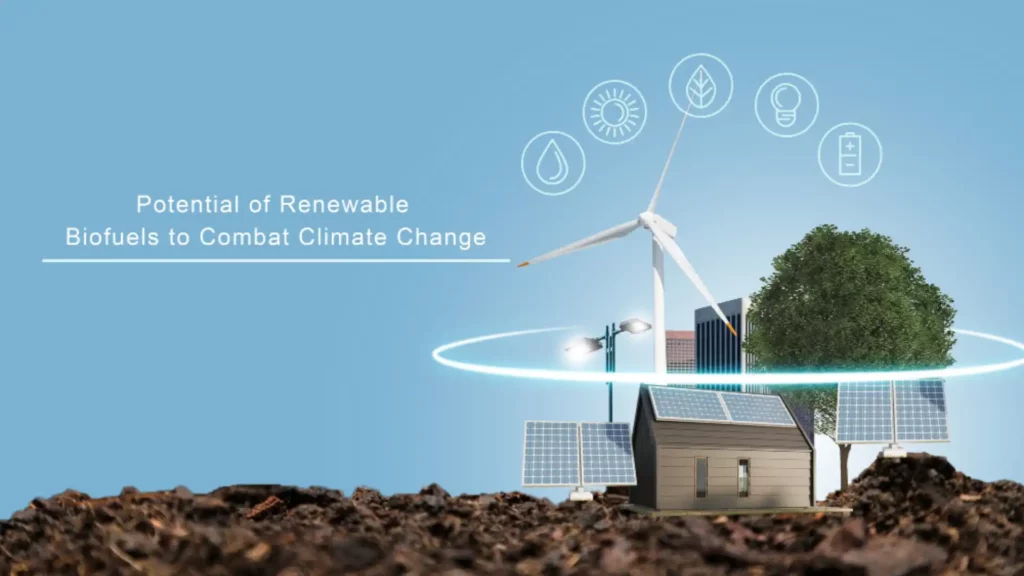
The Role of Advanced Energy Storage in Electric Vehicle (EV) Technology
The burgeoning electric vehicle (EV) market is intrinsically linked to advancements in advanced energy storage technologies, particularly in the development of more efficient and durable batteries. Lithium-ion batteries, a cornerstone of advanced energy storage, are central to the operation of EVs, offering high energy density and long life spans. The ongoing research and development in battery technology are not only improving the range and performance of EVs but also reducing their cost.
Furthermore, the integration of EVs with the energy grid—known as vehicle-to-grid (V2G) technology—presents a transformative opportunity for energy storage. EVs can potentially act as mobile energy storage units, providing energy back to the grid when needed. This bidirectional flow of energy could enhance grid stability and facilitate the integration of renewable energy sources. As the EV market continues to grow, its interdependence with advanced energy storage technology will become increasingly significant, driving further innovations and efficiencies in both sectors.
Advanced Energy Storage Technologies and Their Environmental Impact
While advanced energy storage technologies are key to a sustainable energy future, their environmental impact is a subject of ongoing scrutiny and improvement. The lifecycle of storage technologies—from manufacturing to disposal—presents various environmental challenges. For instance, the extraction of raw materials for batteries, such as lithium and cobalt, raises concerns about sustainable sourcing and ecological degradation. Manufacturers are increasingly focusing on developing more sustainable practices, including the use of recycled materials and the creation of less toxic and more environmentally friendly alternatives.
The end-of-life management of storage systems, particularly the recycling of batteries, is crucial in minimizing their environmental footprint. Advances in recycling technologies and policies aimed at responsible disposal are essential in mitigating the ecological impact of these technologies. As the field of advanced energy storage technologies evolves, a strong emphasis on reducing environmental impact and promoting sustainability is essential to ensure that these technologies contribute positively to the global goal of ecological conservation.
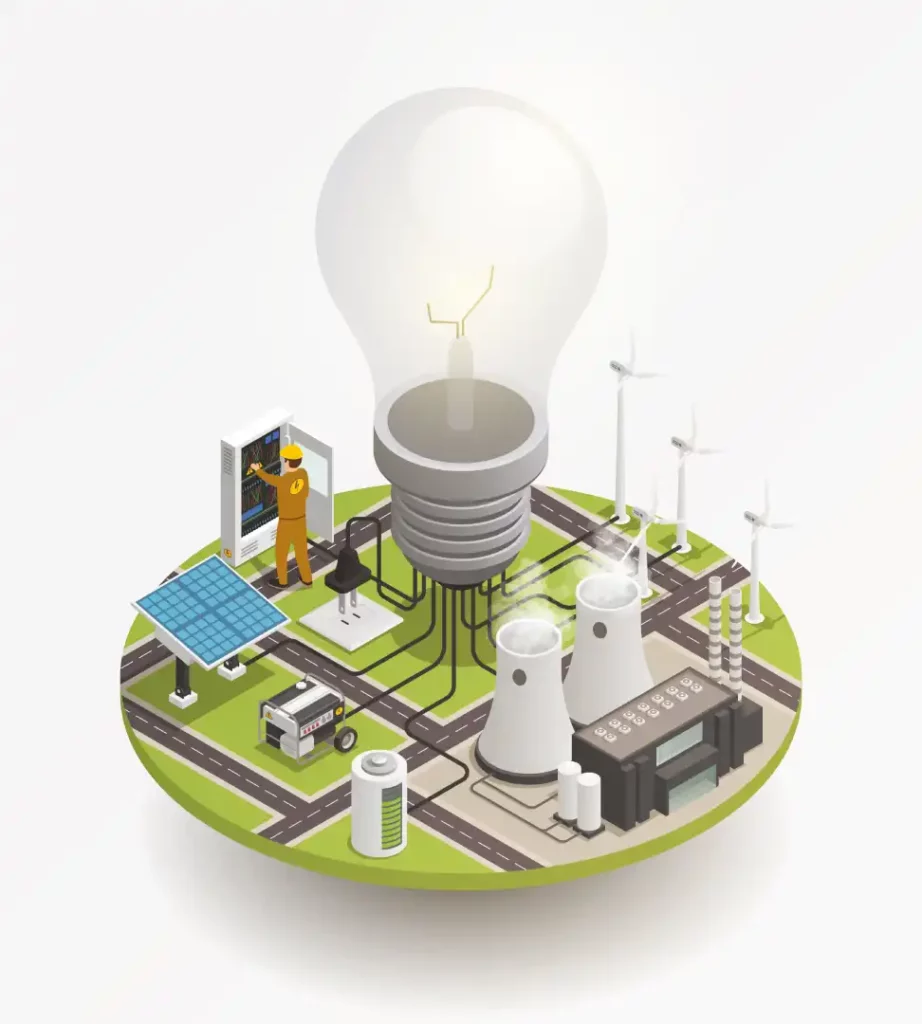
Creating an Effective Energy Storage Technologies PPT Presentation
When preparing a PowerPoint presentation (PPT) on energy storage technologies, it's essential to communicate the complexities and advancements in this field effectively. A well-structured PPT can serve as an invaluable tool for educating audiences about the diverse range of energy storage technologies, their applications, and their impact on the future of energy management.
Key Elements for an Engaging Energy Storage Technologies PPT
- Introduction Slide: Start with an overview of what energy storage technologies encompass. This sets the stage for a deeper exploration of the subject.
- Historical Context: Provide a brief history of energy storage and its evolution. This helps in understanding the advancements made in modern energy storage technologies.
- Types of Energy Storage Technologies: Dedicate a section to explore the various types of energy storage technologies. Use individual slides for each type, such as lithium-ion batteries, flow batteries, compressed air energy storage, etc., detailing their workings, applications, and benefits.
- Case Studies: Incorporate real-world examples and case studies that demonstrate the practical applications and impact of these technologies.
- Innovations and Future Trends: Discuss the latest innovations in energy storage technologies and potential future trends. This could include advancements in battery technology, the integration of renewable energy sources, and the use of AI for energy management.
- Challenges and Solutions: Address the challenges faced in the implementation and scalability of energy storage technologies. Also, discuss potential solutions or ongoing research aimed at overcoming these challenges.
- Interactive Elements: To make the PPT more engaging, include interactive elements like charts, graphs, and videos that explain complex concepts visually.
- Conclusion: Summarize the key points and reiterate the importance of energy storage technologies in shaping a sustainable energy future.
- Q&A Session: End the presentation with a Q&A session, encouraging the audience to engage and clarify their doubts or expand on topics of interest.
Tips for a Successful Energy Storage Technologies PPT
- Visual Appeal: Use high-quality images and consistent formatting to keep the presentation visually appealing.
- Simplicity: Avoid cluttering slides with too much text. Use bullet points to highlight key information.
- Relevance: Tailor the content to your audience's knowledge level and interests.
- Engagement: Pose questions or propose scenarios to the audience to spark engagement and discussion.
In crafting your energy storage technologies PPT, the goal should be not only to inform but also to inspire your audience about the potential and significance of these technologies in advancing sustainable energy solutions. Remember, a well-prepared PPT on energy storage technologies can be a powerful tool for education and advocacy.
Conclusion
Advanced energy storage technologies are not merely a component of the future energy landscape; they are a critical and foundational element. Their role in harmonizing the integration of renewable energy, enhancing grid stability, and contributing to efficient energy management is indispensable. With advancements in technology and reductions in costs, these storage methods are poised to become increasingly prevalent and essential in the journey toward a sustainable energy future.
Sources:
PERFORMANCE EVALUATION OF ADVANCED ENERGY STORAGE SYSTEMS: A REVIEW
Energy Storage Technologies; Recent Advances, Challenges, and Prospectives

